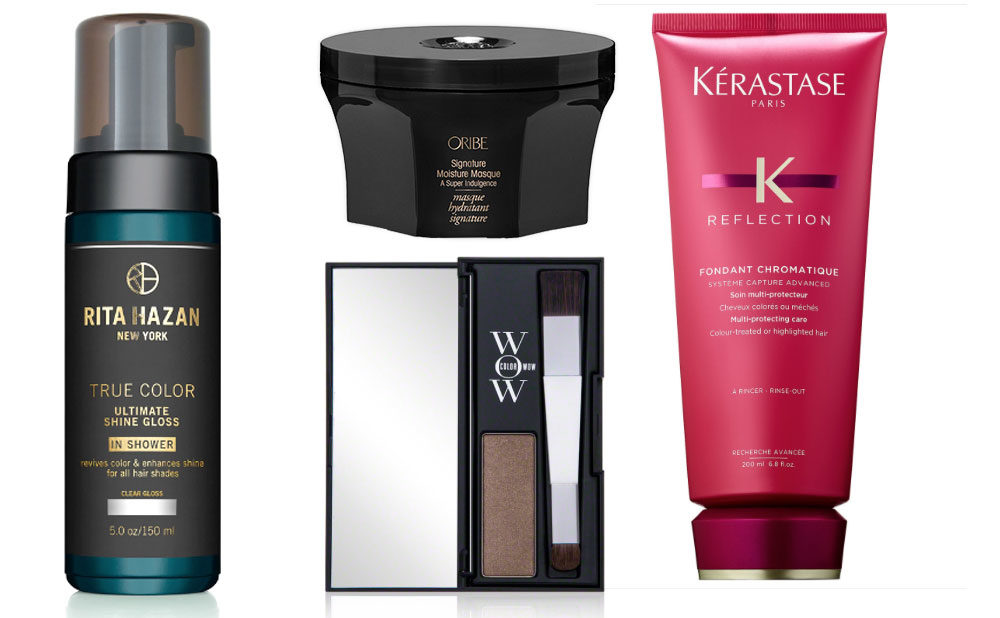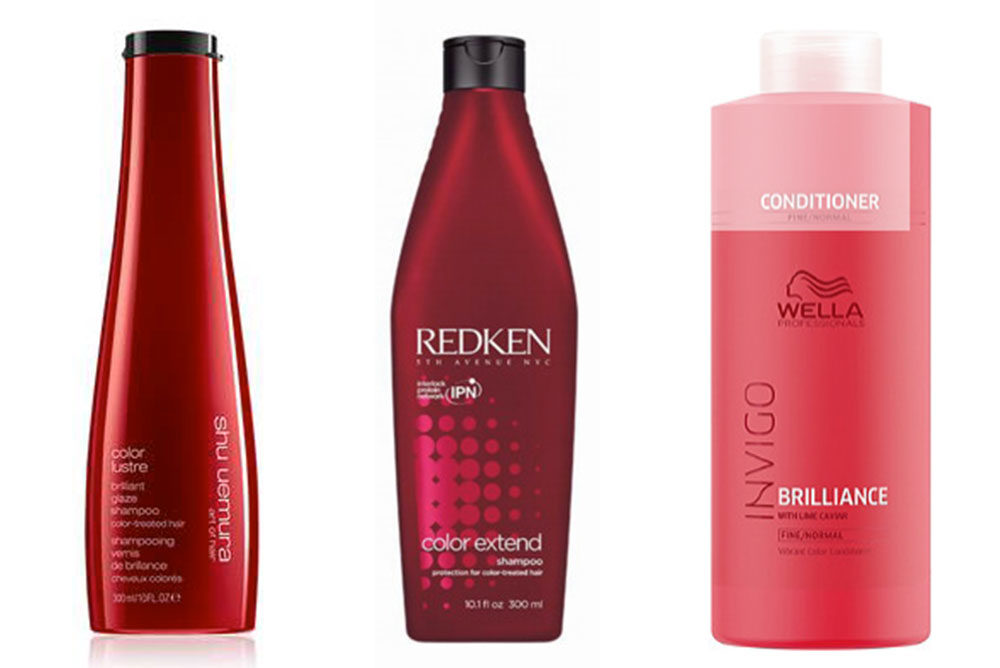
iStock
Summer’s ending and your colored-treated hair is showing signs of strain. We can relate. ICYMI: Gigi Anders’s Q&A-post with celebrity colorist Rita Hazan.
AFTER A GOOD HAIRCUT, hair color is the biggest investment you can make to maintain your mane year-round. Particularly now, color-treated hair can look dry and faded.
We spoke with Rita Hazan for words of wisdom.
GA: Rita, is there anyone left who doesn’t color their hair?
RH: This makes me laugh out loud! No. Even kids color their hair these days.
GA: Is there any kind of hair type or texture that should NOT be color-treated?
RH: No. You just have to be careful if the hair is fragile.
GA: How does color affect the health of the hair? Can it actually improve it?
RH: It’s definitely a myth that color damages hair. It’s not the color, it’s the person using the color. It doesn’t matter what color you use; all color is a little bit harsh on the hair because you are changing the naturalness of the hair. Color gives hair volume and plumps the cuticle, while glosses can make hair look shiny.
GA: How is color-treated hair different from virgin hair in terms of choosing the right shampoo and conditioner?
RH: People with color-treated hair need to use shampoos and conditioners especially for color-treated hair because others are too harsh. It makes a big difference. It is important to use a sulfate-free shampoo because others can be stripping. Dandruff shampoos also have a stripping agent unless it says it is for color-treated hair. If you change shampoo you might see a 90 percent difference in how long your color lasts. You can use any shampoo or conditioner that says “color protecting” because they all have similar ingredients that help preserve color. Color-safe shampoos usually have a complex in them that is specific to keep the color from fading and getting dull.
GA: Where have people gone wrong when they say they have color damage?
RH: It’s the person who must know how to control the damage. The colorist is in charge of the color process and over-processing should never happen with a skilled colorist. Some people over-color their hair. Every three or four weeks will cause damage. You have to respect the process. Hair doesn’t need to be colored all the time; retouching the roots is fine. Also, not conditioning and not using the right [at-home] products is damaging.
GA: What causes color depletion and how can we stop or delay it between treatments?
RH: A lot of fading happens naturally through washing, which strips color. It naturally happens over time, and the vibrancy fades away. You have to maintain the color at home. You have to do treatments and use good shampoos and conditioners. You can also use my Ultimate Shine Color Gloss because it will prevent fading while also keeping the hair shiny and healthy.
GA: How (if at all) does a single process versus highlights affect color duration and overall hair health?
RH: Single process is the least harsh and damaging on the hair. It is done with either semi-permanent or permanent color. Highlights are typically done with bleach to give you the extra lift without turning orange.
GA: In terms of maintaining hair health, is there any difference between foil highlights and balayage?
RH: I only use foils because it’s less damaging to the hair long term, and it’s faster.
GA: What effect does sunlight have on colored hair? How can we prevent UV damage?
RH: UV rays do the same to your hair as they do to the skin. It gets dehydrated and loses its vitamins, and then you lose the pigment. Use products that have SPF and UV protection. Apply to hair a few times while in the sun—it protects hair just as you would put SPF on to protect your skin.
GA: When looking for a colorist, what qualities or credentials should people be looking for?
RH: If you see someone and like their color, ask who does it. Also, when you call a salon, the person who answers the phone can direct you. Ask them who the best person is for what you’re looking to get. Educate yourself as much as possible and then research that person. You don’t have to book right then. You can look on Instagram; a lot of people post their work.
GA: What are your favorite shampoo and conditioner brands for color-treated hair? And how important is a weekly moisturizing mask?
RH: I love Shu Uemura and Inphenom. A weekly moisturizing mask is important because you are only at the salon every two months so you have to maintain your hair at home. Between shampoo, straightening and blow-drying, you have to add nutrition back into the hair.
—Gigi Anders
Some product suggestions to keep your color looking lively.

LEFT: Along with her advice to wash your hair less, Hazan recommends her Ultimate Shine Gloss (5 ounces, $26, Sephora) to prevent fading. ABOVE, CENTER: To keep your hair looking healthy at home between salon visits, Hazan suggests a weekly moisturizing mask. Oribe’s Signature Moisture Mask (5.9 fluid ounces, $63, Dermstore) enriched with fancy ingredients like Japanese bamboo and radish root hydrates, conditions and protects against dryness. BELOW, CENTER: Salon owners like fabulous colorist Jeremy Buchanan at D.C. Salon One80 advises clients to use Color Wow’s Root Coverup ($34.50, Ulta) between appointments to camouflage your roots. It adheres to hair without being sticky or oily and without looking dry. RIGHT: It’s not easy to work up a lather with Kerastase’s Reflection Sulfate-Free Shampoo for Color-Treated Hair (8.5 ounces, $30, Sephora), but it is gentle on your dry hair and preserves color.

LEFT: Despite its expense, Shu Uemura’s Color Lustre Shampoo (10.1 ounces,$48, Shu Uemura) get raves from proponents. The claim is you only need a very small amount for a foamy lather. Paraben- and sulfate-free, it protects the fiber of the hair and help prevent fading with antioxidant-rich goji berry extract. CENTER: Redken’s gentle Color Extend Shampoo (10.1 ounces, $17, Ulta) helps prevent hair breakage and contains UV filters that block out the sun’s damaging rays. RIGHT: Wella’s Invigo Brilliance Vibrant Color Conditioner for Fine Hair (8.4 ounces, $12.99, Ulta), infused with Vitamin E, is a conditioner for those who want products that protect but don’t weigh down the hair.
MyLittleBird often includes links to products we write about. Our editorial choices are made independently; nonetheless, a purchase made through such a link can sometimes result in MyLittleBird receiving a commission on the sale, whether through a retailer, an online store or Amazon.com.


So happy to hear Redken on the list
Have used nothing else like forever
When I try something else (like when I’m at my daughter’s and forgot my shampoo), I just hate it!